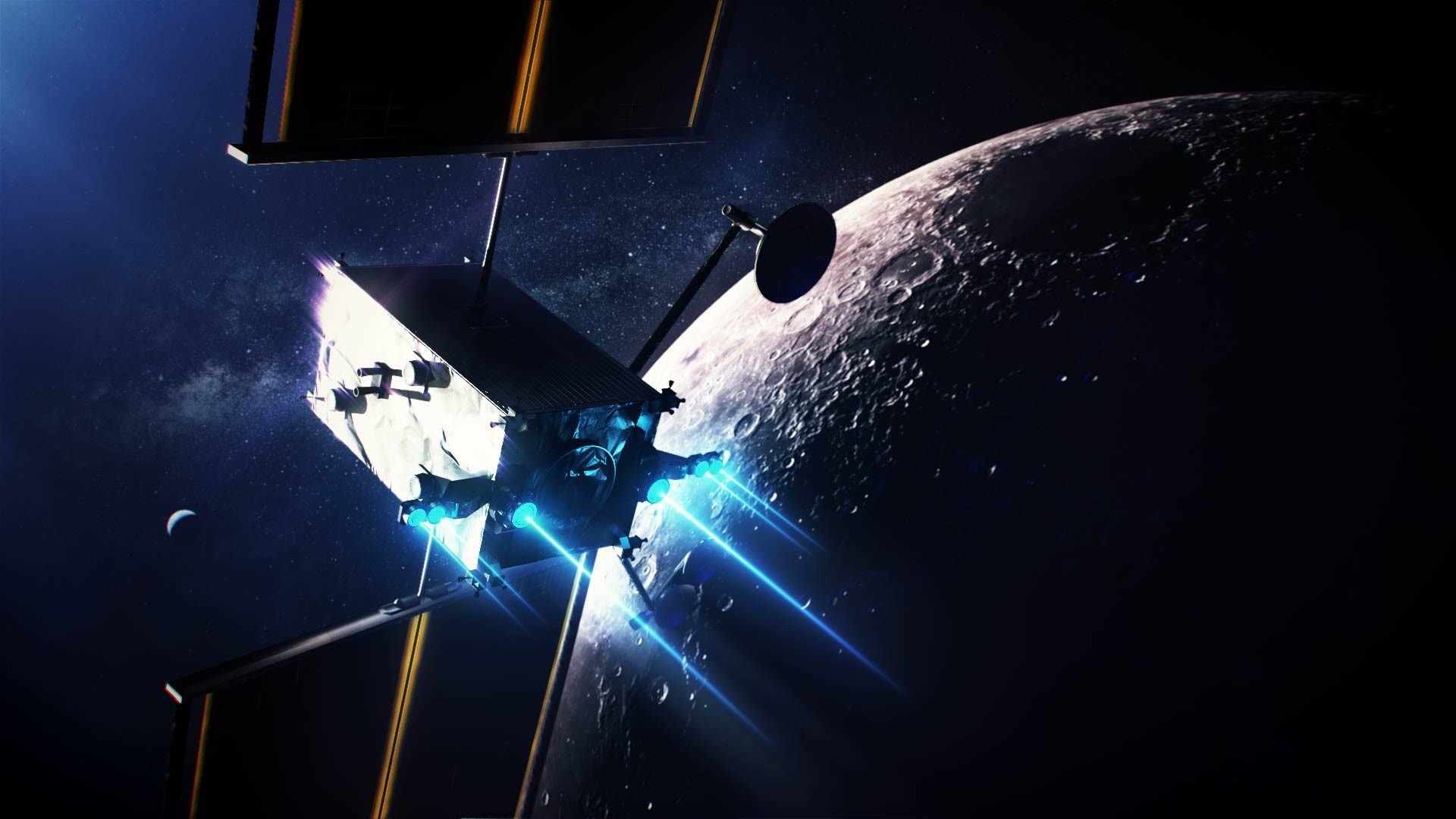Introduction:
Rocket propulsion is a fascinating field that involves the use of powerful engines to propel spacecraft into space and beyond. At the heart of rocket propulsion are two fundamental principles of physics: Newton’s Third Law of Motion and the concept of specific impulse. In this blog post, we will explore these principles in detail and discuss how they apply to the science of rocket propulsion.
Newton’s Third Law of Motion:
Newton’s Third Law of Motion states that “for every action, there is an equal and opposite reaction.” This means that when a force is applied to an object, the object exerts an equal and opposite force back on the source of the force. In the context of rocket propulsion, this principle is crucial.
In a rocket engine, fuel is burned in a combustion chamber, producing hot gases that are expelled at high velocity through a nozzle at the rear of the rocket. According to Newton’s Third Law, as the hot gases are expelled downward, the rocket experiences an equal and opposite reaction, propelling it upward. This is known as the rocket’s thrust.
The amount of thrust produced by a rocket engine depends on the mass of the expelled gases and their velocity. The higher the mass flow rate of the gases and the higher their velocity, the greater the thrust produced by the engine.
Specific Impulse:
Specific impulse is a measure of the efficiency of a rocket engine. It is defined as the thrust produced by the engine per unit of propellant consumed per unit of time. In other words, it is a measure of how effectively a rocket engine converts the chemical energy of its propellant into thrust.
Specific impulse is typically measured in seconds and is denoted by the symbol “Isp.” The higher the specific impulse of a rocket engine, the more efficient it is at producing thrust.
Specific impulse is influenced by several factors, including the type of propellant used, the design of the engine, and operating conditions. For example, engines that use high-energy propellants, such as liquid hydrogen and liquid oxygen, tend to have higher specific impulses than engines that use lower-energy propellants, such as solid rocket fuel.
Application of Principles to Rocket Propulsion:
To understand how these principles apply to rocket propulsion, let’s consider a simple example. Suppose we have a rocket with a mass of 1000 kilograms and a rocket engine with a specific impulse of 300 seconds. If the engine consumes propellant at a rate of 10 kilograms per second, what is the thrust produced by the engine?
Using the formula for specific impulse:
\[ \text{Thrust} = \text{Specific Impulse} \times \text{Propellant Flow Rate} \]
\[ \text{Thrust} = 300 \, \text{s} \times 10 \, \text{kg/s} \]
\[ \text{Thrust} = 3000 \, \text{N} \]
Therefore, the engine produces a thrust of 3000 Newtons, propelling the rocket upward.
Conclusion:
In conclusion, the physics behind rocket propulsion is governed by Newton’s Third Law of Motion and the concept of specific impulse. By understanding these principles, scientists and engineers have been able to develop powerful rocket engines capable of propelling spacecraft into space and exploring the cosmos. As we continue to advance our understanding of these principles, we can look forward to new innovations in rocket propulsion technology that will enable us to reach even greater heights in space exploration.

No Responses